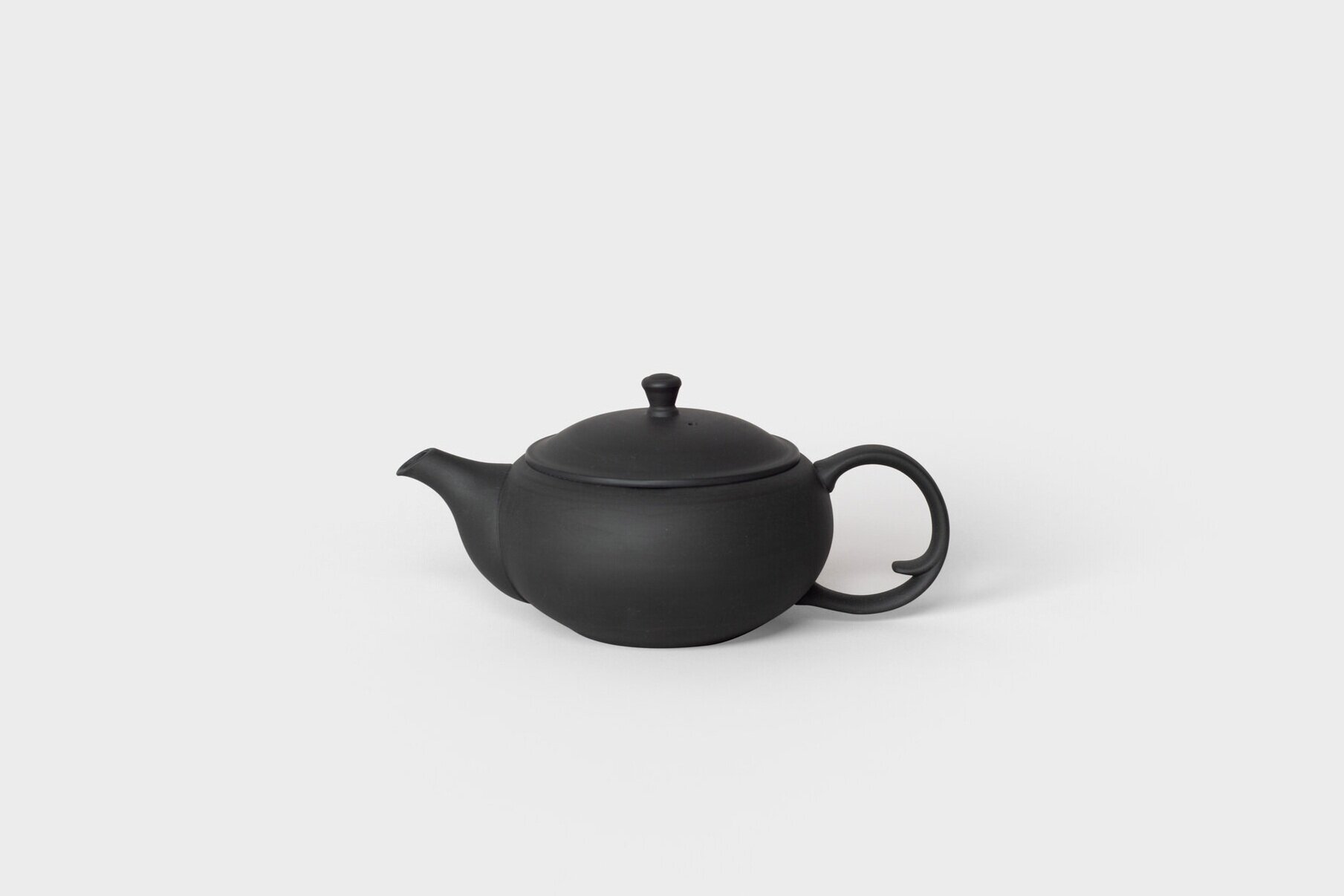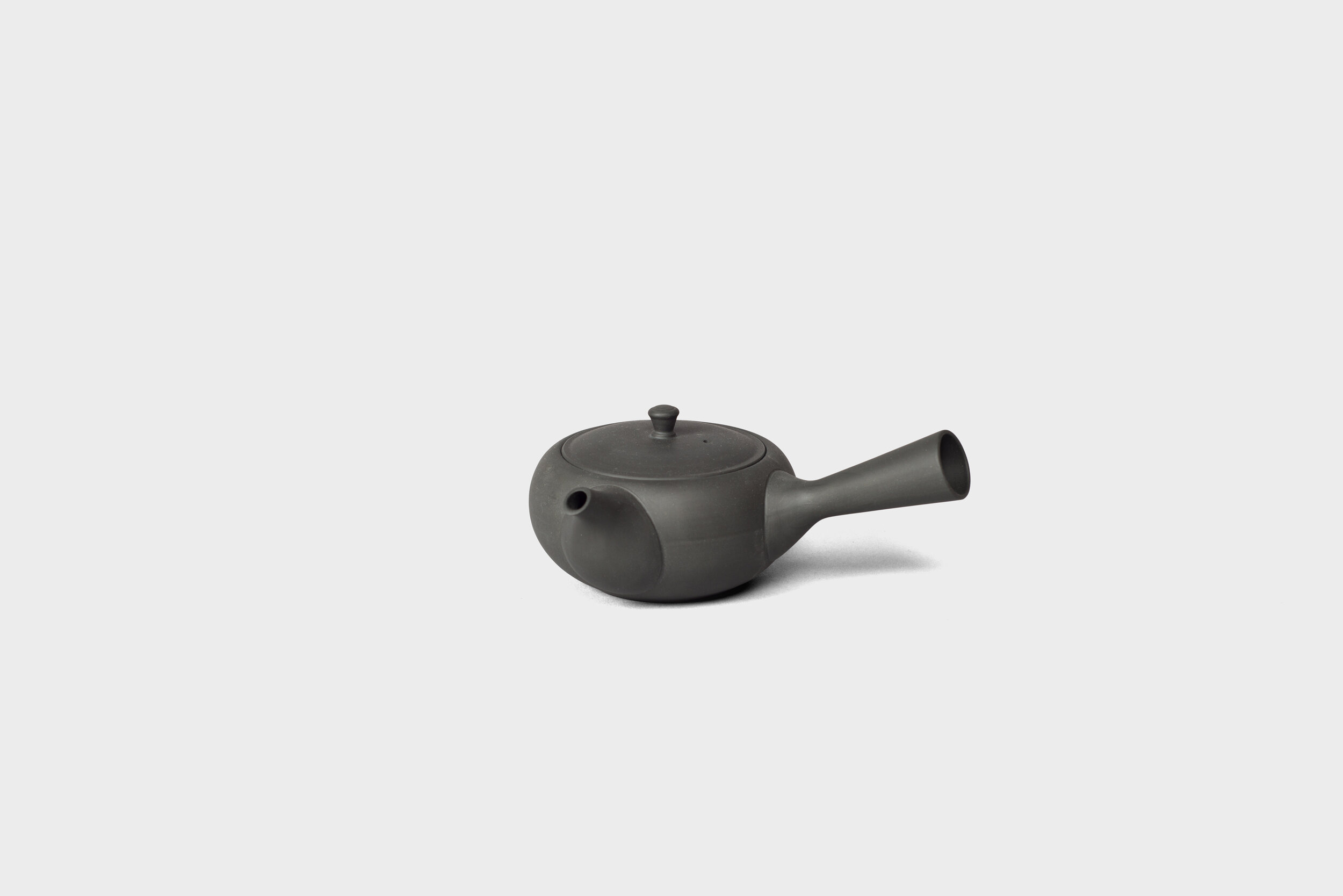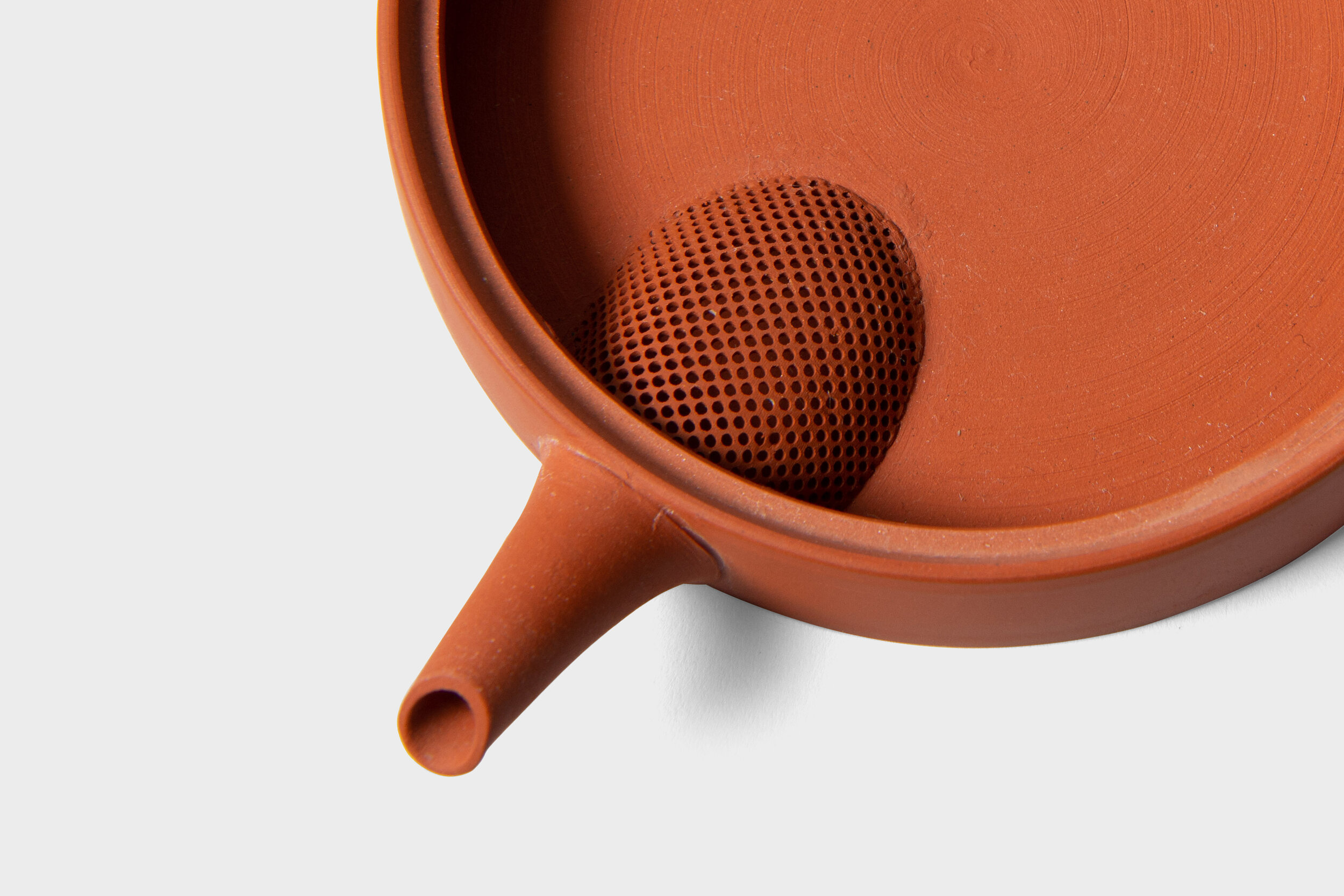Daily Care for Unglazed Clay Teapot
Introduction to Japanese Unglazed Clay Teapot
The Kyūsu ‘急須’ (teapot) is a traditional stoneware that is specially designed for brewing Japanese green tea. It originated in the region of Tokoname in Aichi prefecture, home to one of the six ancient kilns in Japan and a major centre for the production of ceramics art. The design of the Kyūsu was developed and refined with the Japanese tea ceremony in mind, as the practice of drinking sencha tea became more common practice during the Edo period.
Japanese Unglazed Clay Teapot
An unglazed clay teapot has a highly porous and iron-rich body, which lends itself to its unglazed surface. When fired under a high temperature, the ash inside the kiln melds with the surface of the clay to form a natural sheen - a type of natural glaze called shizen yuyaku. When the loose tea leaves are brewed directly against the clay, it absorbs the flavors with each use and forms a lustrous patina over time which enhances the taste of green tea. By interacting with the tea leaves, the iron naturally absorbs unwanted astringency in tea and removes chlorine from tap water to allow for optimum infusion.
The Yokode Kyūsu and the Ushirode Kyūsu
Traditionally, there are two common types of Kyūsu - the yokode Kyusu (side handle teapot) and the Ushirode handle (ring handle teapot). The side-handled teapot has a hollow handle that protrudes out of the body at a right angle. It is designed to ease the action of pouring, by placing the right thumb firmly over the lid and tilting it to the side in one fluid motion. This requires minimum effort and adds elegance to movement, particularly when pouring tea to guests in a traditional Japanese room. Similarly, the ring handle teapot has a rear handle that makes it safe to touch as the heat retentive clay becomes extremely hot when brewing tea.
Brewing Japanese Loose Leaf Tea
A Kyūsu also comes with various types of built-in strainers that are designed to prevent tea leaves from entering the cup, while also giving ample room for the loose green tea leaves to expand and steep freely for maximum flavour. A Sasame filter for example, is a flat strainer that is characterised by a series of small holes created on a piece of clay and attached to the inner base of the spout. While this common type of strainer has a slow pour time, it is suitable for brewing tea with small leaves such as the Fukamushi sencha (deep steamed sencha). The Debeso filter is a dome-shaped strainer with hand-punched holes which prevents clogging and residual tea after pouring.
Before First Use
Rinse the teapot with water a few times before first use to remove residual clay and dirt.
Daily Care of Japanese Unglazed Clay Teapot
To maintain the evenness of appearance, wipe with a clean, dry cloth while the teapot is still warm.
An internal patina will form over time after multiple uses. This brown film develops on the inner surface due to the oxidation process and it will enhance the taste of tea. Do not attempt to scrub the film with abrasive brushes as this may permanently scratch the teapot. However, if red dots appear on the surface and the water gives off a metallic taste, gently scrub the rust spots using a soft brush with natural bristles and rinse with water.
To remove the used tea leaves inside the built-in strainer, gently scrub away using a small brush.
Do not leave any liquids for long periods of time as this may cause rust and mold to form inside the teapot.
Caution
Do not wash in dishwater.
Do not use washing detergent.
Do not use as a stove-top kettle or in an oven or microwave.
Do not scrub the teapot with an abrasive brush or sponge as this will permanently scratch and damage the teapot.
Do not subject the teapot to sudden temperature changes as this may cause it to crack or break.
Handle with care and be careful to avoid burns as the teapot becomes extremely hot.





